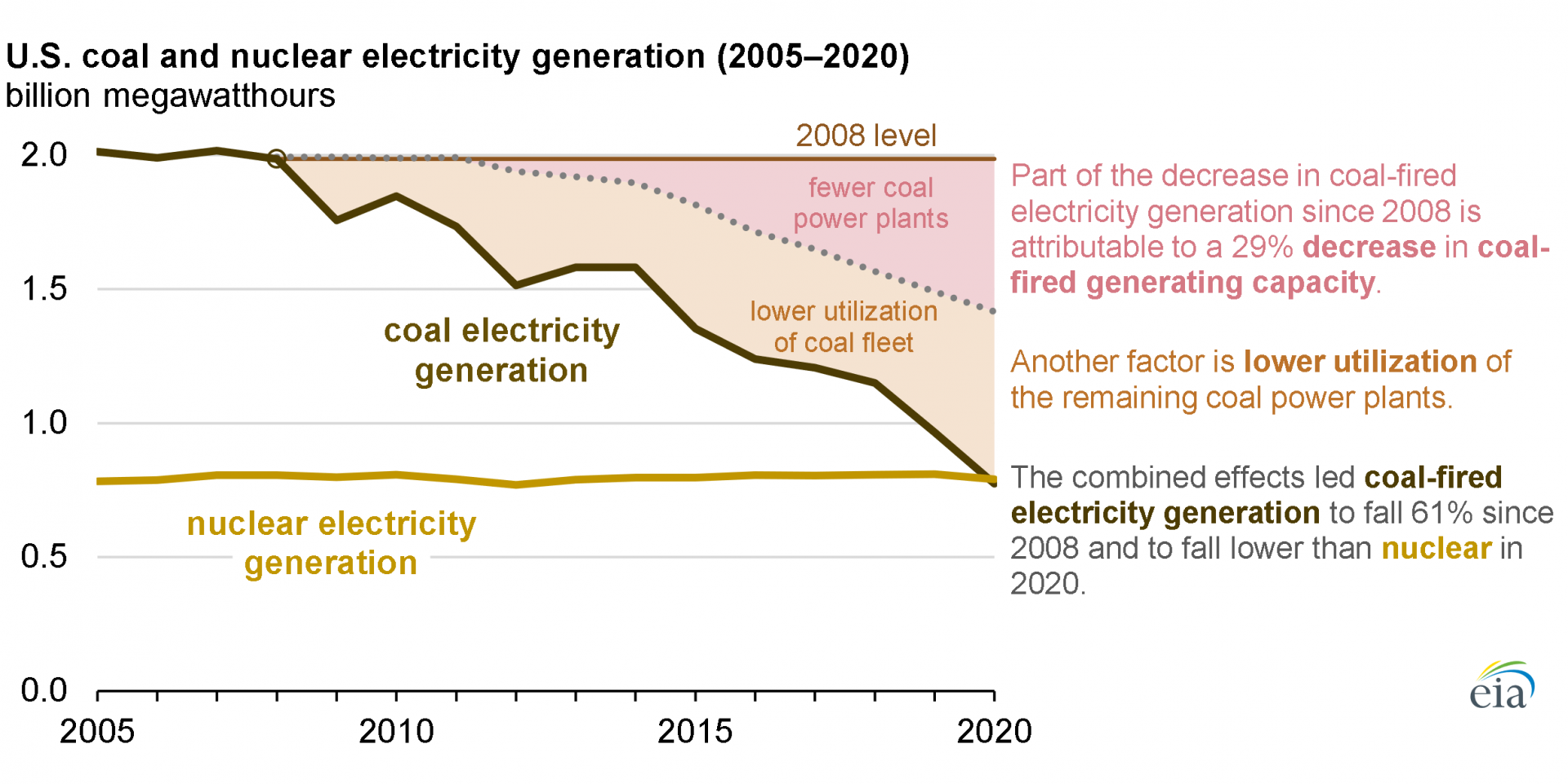Nuclear power and cryptocurrency mining: A perfect match?

Cryptocurrency ecosystems are rapidly growing and are here to stay. Cryptocurrencies are regularly among the 10 largest traded volumes in financial markets, more and more businesses are accepting crypto payments, and crypto “ATMs” are starting to appear at gas stations and grocery stores. However, cryptocurrencies face one major impediment to widespread public acceptance: energy consumption. Opponents of cryptocurrency often cite its energy and pollution footprints as major reasons against adoption. Energy issues have been tied to significant losses in valuation for the major cryptocurrencies, contributing to volatility in that sector. Although crypto valuations have been quick to recover, the energy and pollution challenges remain.



